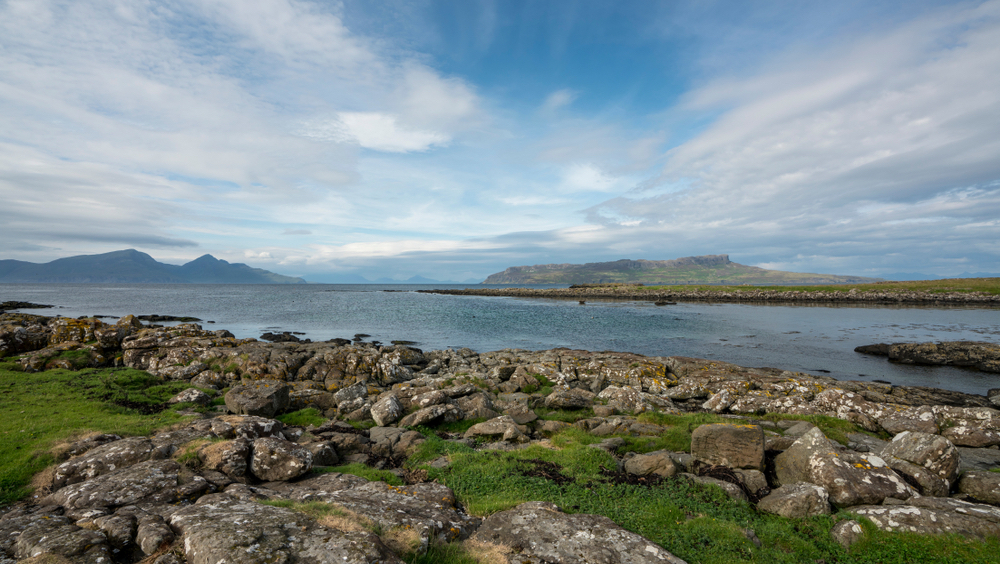
The Isle of Eigg, one of the Scottish Hebridean islands, now has a hybrid microgrid which incorporates flywheels and ultracapacitors for high power functions as well as solar, batteries, wind and diesel backup. The island has only around 100 permanent inhabitants but is now able to source almost all of its energy from renewables. Ultracapacitor manufacturer, Skeleton Technologies, installed its devices to perform high power, fast response applications to keep the grid stable, along with mechanical energy storage in the form of flywheels made by Kinetic Traction.
The island generates up to 100kW of hydroelectric power from an inland stream and has a 50kW PV array, a 24kW of wind generation capacity, and a backup diesel generator system, covering most of the island’s energy demand throughout the year. But population growth and seasonal demand from tourists mean that the addition of mains power will have a long-term impact on the environment and economics of the island.
Lead acid batteries have been chosen to provide up to six hours of storage and dispatch capability. However, lead acid devices are not designed to be cycled frequently or to perform high power applications without individual cells or systems needing augmentation or replacement. To address this, flywheels and ultracapacitors are being used to preserve the charge in the batteries and prevent them from having to perform fast charge-discharge cycles. Lead acid batteries also suffer from a ‘whiplash’ effect when asked to discharge large amounts of power quickly, resulting in voltage drops. This can cause the batteries to be unable to respond for short periods of time, causing various client systems to shutdown.
“The ultracaps provide ultrafast response to keep the current as smooth as possible in terms of frequency and voltage. After about one second the flywheel takes over and then it is the lead-acid battery array that supplies current to the grid,” Skeleton Technologies spokesman Olivier Chabilan said.
